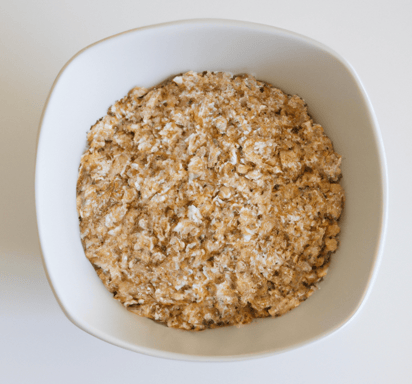Oatmeal: Important Facts, Health Benefits, and Recipes
Explore the health benefits, history, and versatile uses of oatmeal in our ultimate guide, and learn how to incorporate this nutritious superfood into your daily life.

Explore the health benefits, history, and versatile uses of oatmeal in our ultimate guide, and learn how to incorporate this nutritious superfood into your daily life.
